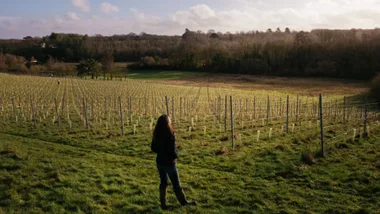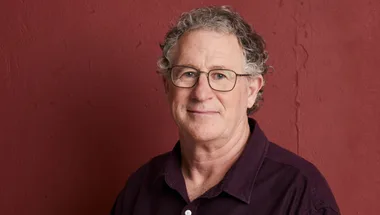The university student was woken by the unimaginable. A male student was raping her at the on-campus accommodation where she lived.
Upon reporting the horror the accommodation manager asked her whether it was “possible” that she had “simply been mistaken” as she had “been drinking”. She was asked whether “cultural differences” had “just led to a misunderstanding” about what had occurred, given the man involved was of “Middle Eastern descent”.
She was advised that no further action would be taken because there was no “evidence that she [the female student] hadn’t consented”.
She was not encouraged to make a police report, get a forensic medical exam or medical assistance or seek out counselling services. She wasn’t given any support or guidance about university sexual assault or harassment policies, or complaints or misconduct procedures. Unsurprisingly, she decided against filing any further complaints – either to police or to other staff at the university.
Only 1 in every 72 survivors made a report to Sydney University
The University of Sydney’s Creating a Safer Community for All Report
This is one case study among thousands and, shamefully, it is not an isolated incident.
The authors of Connecting the Dots – a report prepared by End Rape on Campus Australia that examines the proliferation of sexual assault at universities – say this student’s experience is not rare, it’s representative.
“Across the sector, the institutional response to sexual assault is often appalling,” says report co-author and advocate Nina Funnell. “Very often survivors report there is an attempt to cover up or minimise their experiences. There is a severe institutional betrayal that follows the experience of sexual assault.”
And the experience of sexual assault at universities is alarmingly prolific.
In a 2011 survey of 1926 students at the University of Sydney, a quarter indicated that they had experienced some form of unacceptable behaviour, including sexual harassment or assault, over the period of their enrolment. In a 2016 study of 1366 students, 27 per cent indicated that they had experienced sexual assault while enrolled at their institution.
Neither of these studies are conclusive but in the absence of bigger studies they provide a useful starting point.
In 2016, Channel 7’s Sunday Night program conducted the largest ever Freedom of Information investigation into reported rates of sexual assault and harassment at Australian Universities. All 39 universities were targeted by the FOI investigation but at the time of the program’s airing in October 2016, only 27 universities had complied with the FOI request.
The results showed that in the past five years, 575 official complaints of sexual harassment and assault had been made to those universities. Nearly 150 reports related to specifically to rape. The 575 reports resulted in just 6 expulsions.
A further FOI investigation targeting police records over the last five years found that 153 rapes and sexual assaults had been officially reported to police as having occurred at the street addresses of universities in New South Wales, Western Australia, the Australian Capital Territory and Victoria.
This is likely the tip of a very large iceberg given how few survivors report their experiences of sexual assault to either police or their university.
Four out of five female victims did not report their most recent experience of sexual assault to police
2012 ABS Personal Safety Survey
And it’s no wonder. Survivors who do report are often met with what Nina Funnell describes as “callous bureaucracy”.
Funnell recalls the experience of a male survivor who was assaulted by another man. “He reported his experience and the university said ‘Without a police report we can’t help’ so he went to the police and reported it,” Funnell says. “When he took that to the university, they said ‘Now that you have started a police investigation we can’t do anything because it would compromise their investigation’.”
There is a disconnect between the universities’ rhetoric around sexual assault and reality.
“The universities certainly want to give the appearance of reform and hard work but in reality a lot of that is about damage control and reputation management,” Funnell says. “They will say ‘We’re doing Respect. Now. Always’ but that is a paper-thin poster campaign that effectively puts the onus back on women to prevent sexual assault rather than responsibility of perpetrators.”
Macquarie University professor and Board Member of Rape and Domestic Violence Services Australia, Professor Catharine Lumby, says that has to change.
“Sexual assault prevention does not end with posters and awareness raising ribbons. Too often, our universities have dealt with sexual assault and harassment of students by turning a blind eye, by claiming it is not their responsibility or, most shamefully, by actively covering up assaults. It is time to face the evidence and put a full stop to harassment and assault on campus.”
 Getty
Getty









